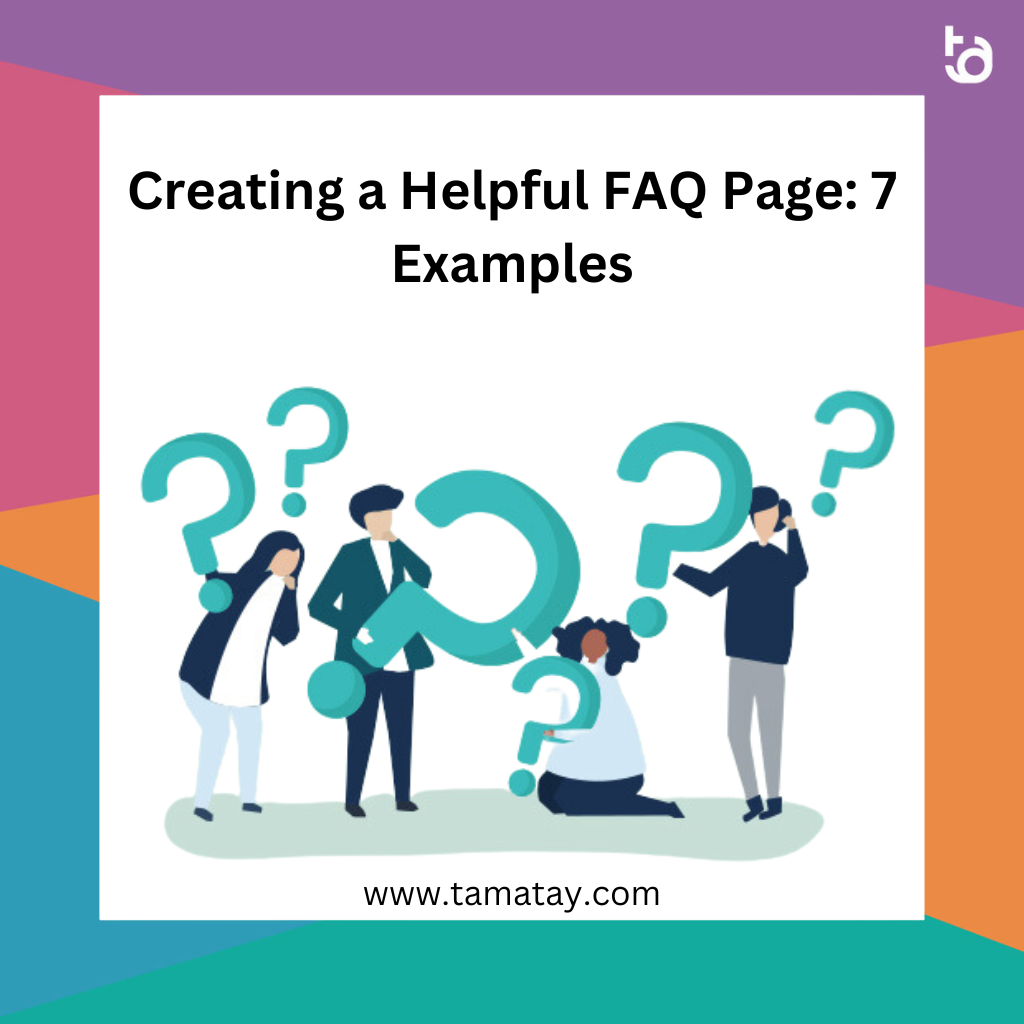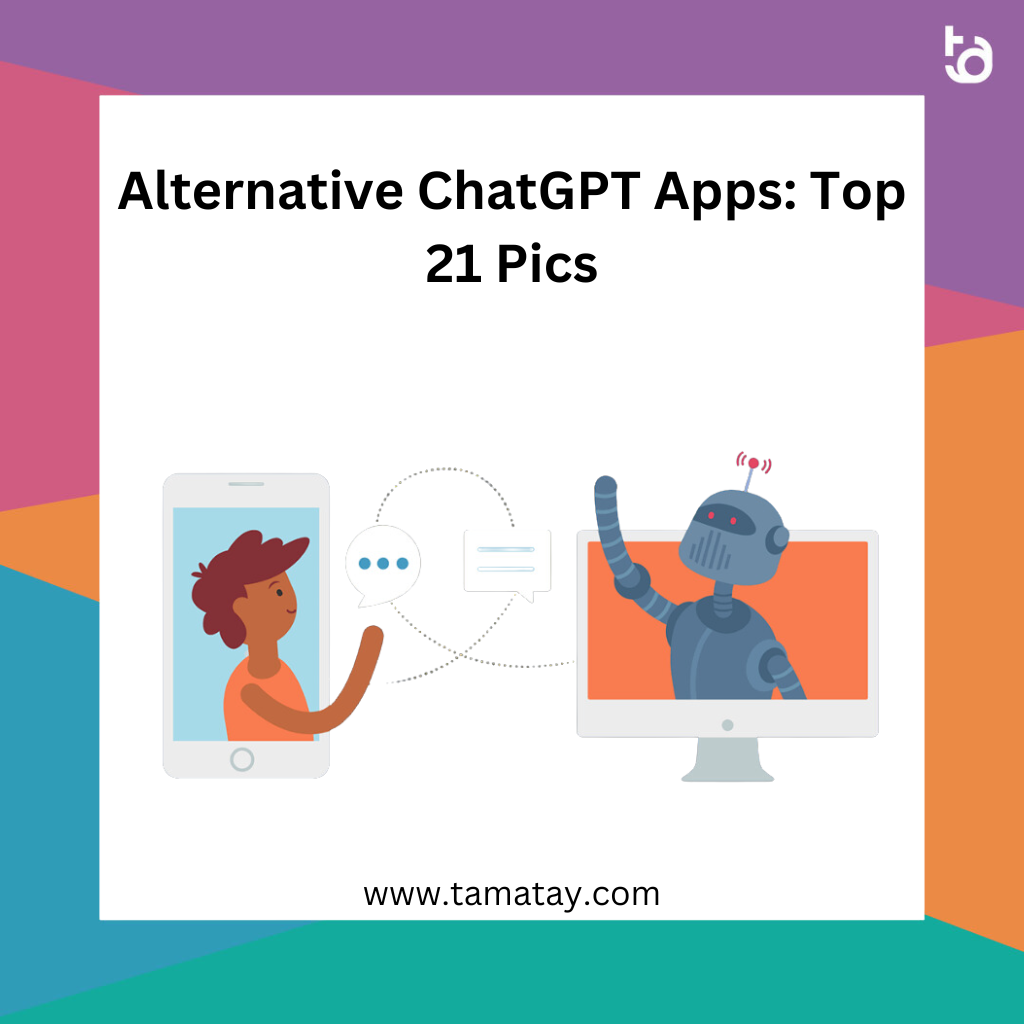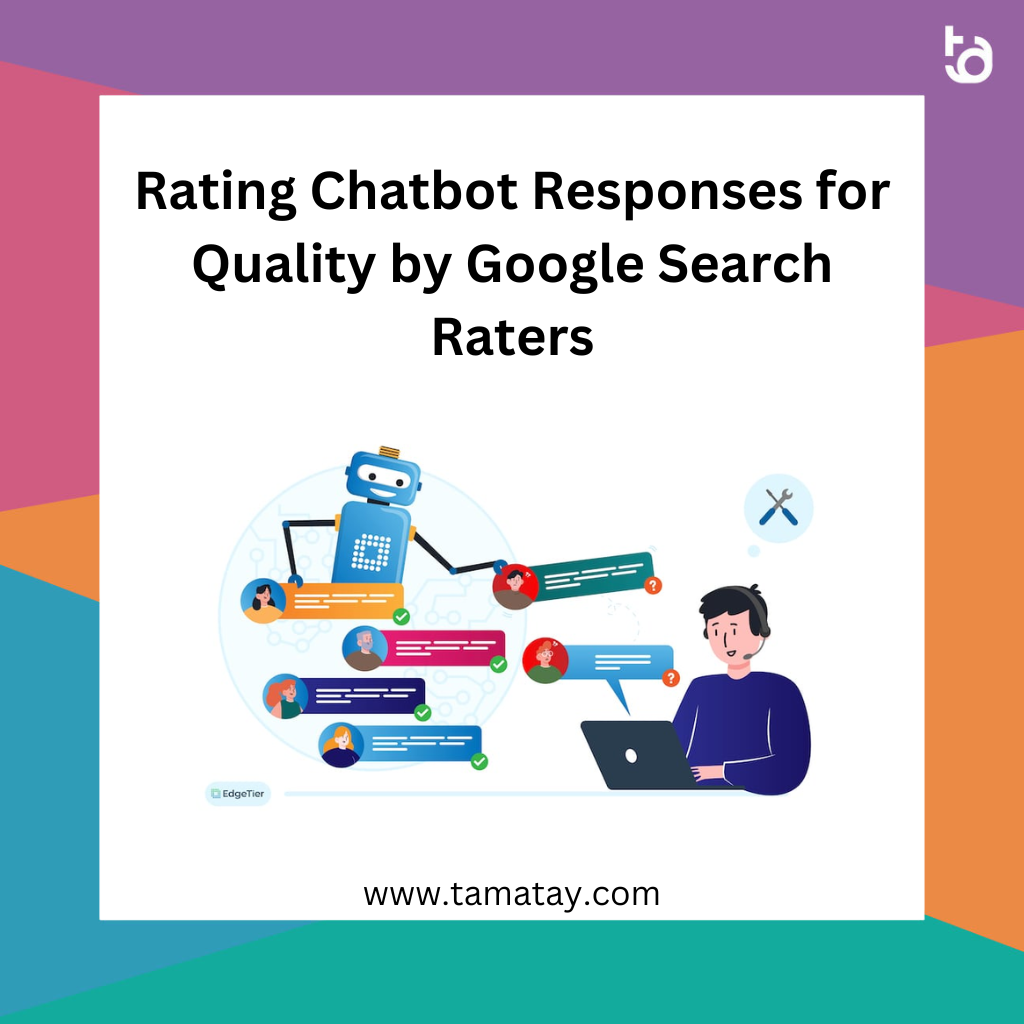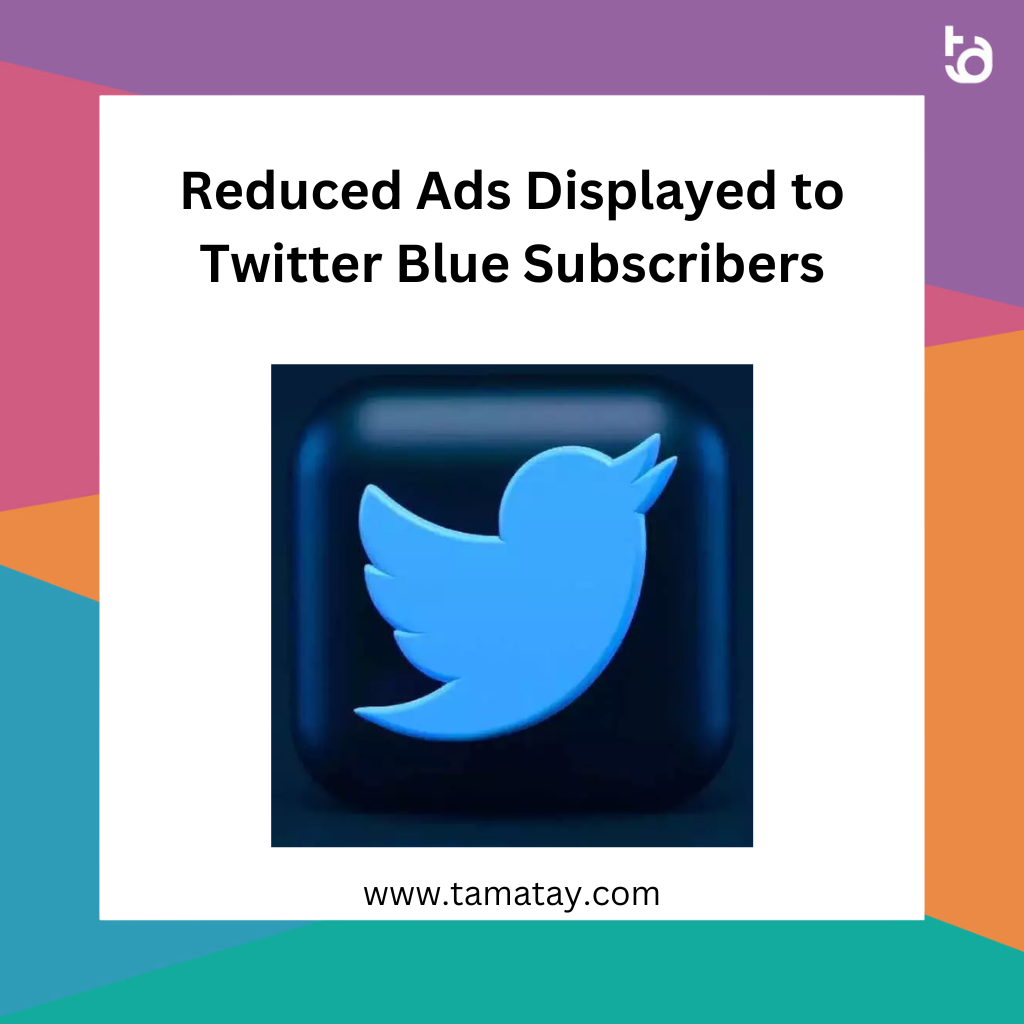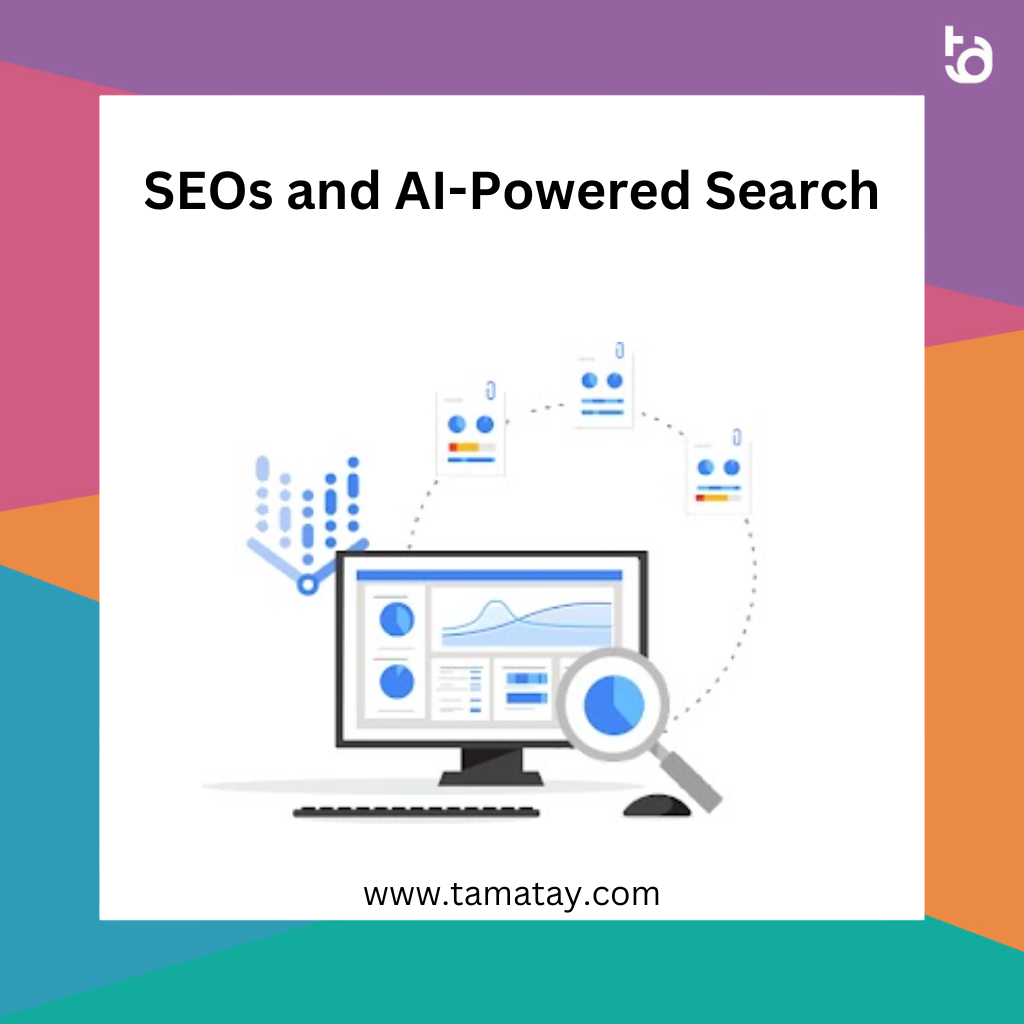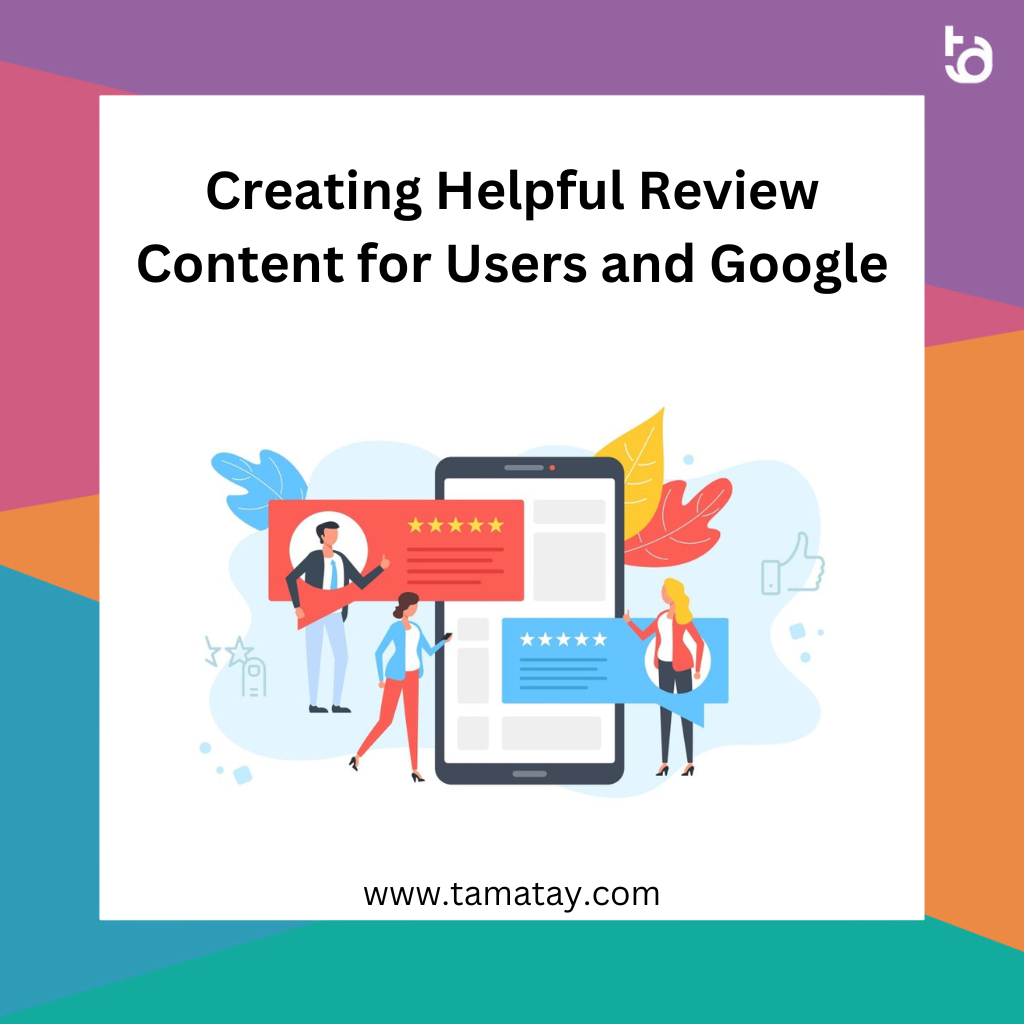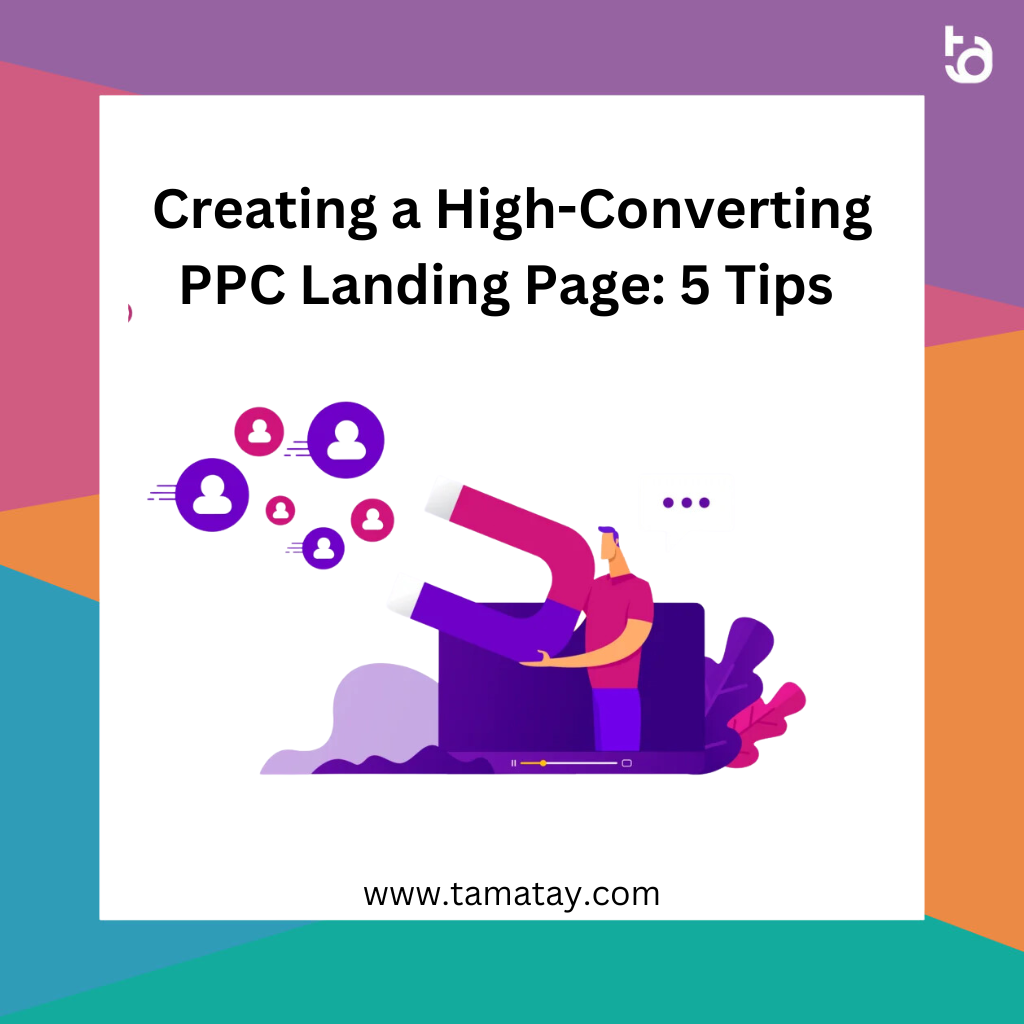Creating a Helpful FAQ Page: 7 Examples
Creating a helpful FAQ page can be a great way to address customer inquiries, thereby saving time and resources. To get started, here are 7 examples to consider: 1) create categories to group similar questions and answers 2) add visuals to the FAQ page 3) link the FAQ page to other relevant content 4) create a search bar 5) keep FAQs up to date 6) consider creating a video version of FAQs 7) leverage your team members to help write and edit the FAQs. Implementing these tactics will help create a FAQ page that customers can use to quickly and easily find answers to their questions.
by  Kushal PonnappaApril 11, 2023
Kushal PonnappaApril 11, 2023
Alternative ChatGPT Apps: Top 21 Picks
The rise of artificial intelligence (AI) has created a new level of automation and allowed businesses to interact with customers through chatbots. ChatGPT is one of the leading chatbot platforms and provides a wide range of features and customization options. However, if you’re looking for an alternative chatbot solution, there are many great options available. This blog post will discuss the 21 best ChatGPT alternatives and how you can use them to improve customer service and experience. From open-source tools to enterprise-level chatbot platforms, we’ll cover the features and benefits of each alternative. We’ll also go over pricing and customer support options, so you can make an informed decision when selecting the right chatbot solution for your business.
by  Kushal PonnappaApril 11, 2023
Kushal PonnappaApril 11, 2023
Rating Chatbot Responses for Quality by Google Search Raters
Google has recently shifted its focus of Google search quality rating to the ratings of responses given by chatbots. As the use of chatbots becomes increasingly popular and they become more integral in our everyday lives, rating the quality of their responses has become a necessity. Google wants to ensure users are receiving accurate, helpful, and timely responses from the chatbots they interact with. Google search quality raters have been tasked with assessing the quality of responses given by chatbots in order to better understand their impact on our lives. This shift in focus could potentially have a positive effect in ensuring users are receiving quality responses from chatbots.
by  Kushal PonnappaApril 11, 2023
Kushal PonnappaApril 11, 2023
Reduced Ads Displayed to Twitter Blue Subscribers
Twitter’s recent announcement of the new ‘Blue’ subscribers option has been met with much anticipation. This membership will now allow Blue subscribers to see ‘approximately’ 50% fewer ads than non-members. This provides a unique and intriguing opportunity for marketers; fewer ads means more effective campaigns, with less competition and more exposure. It presents an opportunity to be creative and targeted with campaigns, while still ensuring a positive user experience. With Blue subscription, marketers gain the ability to reach a more captive audience, allowing them to be more effective with their messaging, and ultimately, their bottom line. With more data available and more creative freedom, the potential for success is greater than ever.
by  Kushal PonnappaApril 11, 2023
Kushal PonnappaApril 11, 2023
SEOs and AI-Powered Search
AI-powered search is quickly becoming the latest trend in SEO. By embracing AI, SEOs can gain an extra edge, enabling them to optimize their sites more efficiently and quickly. AI can help SEOs identify and fix common SEO issues, identify and target keywords, and track user engagement in real time. By leveraging AI, SEOs can stay one step ahead of their competition, while also increasing their search engine rankings. AI can also help SEOs better understand their target audience, allowing them to tailor their content to better meet the needs of their customers. With AI-powered search, SEOs can stay ahead of the curve and create more effective and efficient campaigns.
by  Kushal PonnappaApril 11, 2023
Kushal PonnappaApril 11, 2023
Creating Helpful Review Content for Users and Google
Reviews are an essential part of any online marketing strategy, as they can build trust with customers, help search engines better understand your product and brand, and, ultimately, can lead to more conversions. Creating review content that is useful for both users and Google requires careful consideration and strategy. Here are some tips for how to create review content that is both helpful for users and beneficial for search engine optimization (SEO).
First, focus on quality, not quantity. Reviews should be genuine, meaningful, and relevant, and should offer insights that help potential customers make informed decisions. Avoid keyword stuffing or any other tactics that might be seen as manipulative.
Second, ensure that you’re optimizing your reviews for SEO. Use identifiers like review schema and review snippets to help search engines properly index and display your reviews.
Third, make sure there are ample opportunities for customers to leave reviews. Encourage customers to leave reviews on directories and social media, as these will help boost your online presence. Additionally, you should take the time to respond to customer reviews, as it will show potential customers that you value their feedback and are engaged with your user base.
Overall, when it comes to creating review content, it’s important to keep your focus on providing helpful and meaningful information for customers as well as optimizing for SEO. By keeping these tips in mind, you can ensure that your review content will benefit both users and your ranking on Google.
by  Kushal PonnappaApril 11, 2023
Kushal PonnappaApril 11, 2023
Microsoft’s Content Ecosystem in an AI World of Generative Prosperity
Microsoft is driving the future of content development with its vision of a prosperous content ecosystem in a generative AI world. It is investing in research to create intelligent agents that can generate content that surpasses human-written content in terms of quality, accuracy, and relevance. By leveraging AI and natural language processing technology, Microsoft’s vision focuses on empowering developers and creators to rapidly produce high-quality, impactful content that drives innovation and customer engagement. This approach ensures that the content ecosystem remains vibrant and productive, and provides opportunities for everyone to benefit. As Microsoft continues to invest in content generation, the possibilities for the AI-driven content ecosystem are limitless.
by  Kushal PonnappaApril 11, 2023
Kushal PonnappaApril 11, 2023
Boost Performance with CTV for SEOs – Cynthia Ramsaran
Are you an SEO looking for ways to boost performance? Look no further! Join Cynthia Ramsaran in her webinar to explore the potential of Connected TV (CTV) for your SEO campaigns. From leveraging data to optimize targeting and measuring ROI to enabling enhanced storytelling, this webinar will investigate ways in which CTV can help you better understand and reach your audience while accomplishing your SEO goals. Sign up today and become an expert in CTV!
by  Kushal PonnappaApril 11, 2023
Kushal PonnappaApril 11, 2023
Creating a High-Converting PPC Landing Page: 5 Tips
A successful PPC landing page is essential for converting visitors into customers, and creating one isn’t difficult if you follow the right steps. Here are 5 tips to ensure that your PPC landing page is optimized for maximum conversions: 1) Make sure every visitor who clicks through to your landing page is presented with consistent branding. 2)Keep your messaging concise & focused on the offer you’re making. 3) Optimize the page for mobile devices & ensure that your CTA is easily visible & able to be clicked. 4) Include compelling visuals & engaging content to keep visitors on the page. 5)Test & track your landing page’s performance & measure your ROI. By following these tips, you’ll be able to build a PPC landing page that turns clicks into conversions & generates increased profits for your business.
by  Kushal PonnappaApril 11, 2023
Kushal PonnappaApril 11, 2023
Google to End Four Attribution Models in Ads and Analytics
On March 30th, 2021, Google announced plans to sunset four Attribution models in Ads and Analytics platforms. The four models being affected are Last Click, First Click, Linear, and Position Based. This move is part of a larger effort on Google’s part to transition to more advanced attribution models such as Data-Driven, which aim to provide more accurate measurement of conversions and media performance. Moving forward, businesses and marketers should be prepared to make the switch to Data-Driven models in order to ensure campaigns are accurately tracked and optimized.
by  Kushal PonnappaApril 10, 2023
Kushal PonnappaApril 10, 2023


